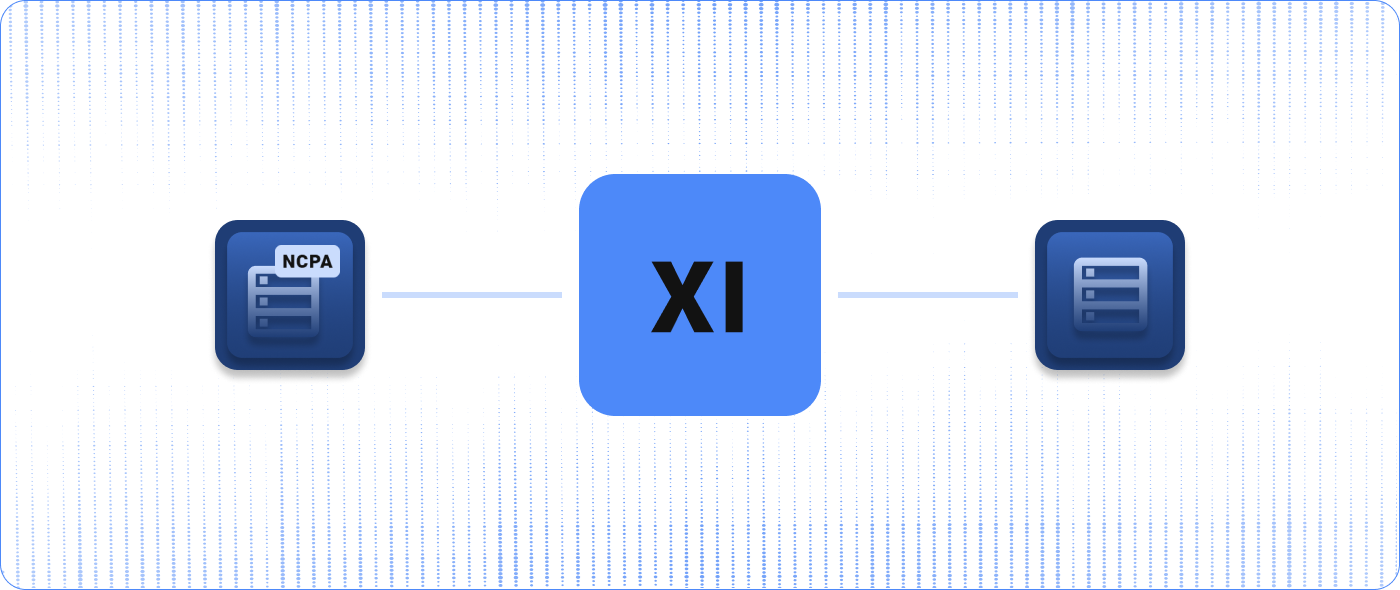Stay-at-home orders related to the COVID-19 pandemic are keeping IT teams across the world out of their physical office spaces. These virus containment strategies create new challenges for how IT teams approach remote server and device management.
We’ve been talking with customers over the past few weeks to provide IT advice as they learn, adapt to, and navigate this new working environment. IT teams are finding they need creative ideas to determine how to monitor and manage their servers remotely. Systems administrators need to be able to bounce, reboot, and access a server if something goes awry—all without going to the server’s physical location.
When it comes to remote server and device management, we recommend you have at least three unique ways to remotely monitor and address an IT issue.
Related Reading: COVID-19 and Remote IT Monitoring: Top Considerations for IT Teams
How to Remotely Monitor and Manage Servers and Devices
Software is the most flexible method for remote management, which makes it an ideal way for IT teams to start. We always recommend using one, if not two, software-based VPN services for remote accessibility. Here’s what we recommend for these services:
VPN Client 1:
OpenVPN is a popular client that can be easily configured to establish a connection on reboot and accept a wide variety of routing policies on a per-client basis. This method relies on a DNS/IP-based server connection (i.e., a direct tunnel). It is ideal for common remote tasks on the virtual machine.
VPN Client 2:
Establishing an OpenVPN (or another primary VPN) is a great first step, but these connections are vulnerable to volatility, including disconnection. We recommend adding another VPN client for redundancy. LogMeIn’s Hamachi service is a useful secondary option. Hamachi establishes a secure link by utilizing its IP network, and it can be installed as a service and run at startup. Deploying this secure cloud-based, third-party service is important and will likely be necessary at times.
Begin setting up the VPN service(s) with any established protocols that your organization uses, keeping any regulatory compliance restrictions in mind. Some software-based VPN clients require RSA or two-factor authentication.
In addition to setting up VPN clients, there are a variety of other ways that you can remotely manage your server and devices. Some of these options require on-site access to set them up. If you have the option to request access to your office locations, these, paired with implementing VPN services, are effective solutions for remote management.
Second Virtual Machine:
If you have the physical resources to do so, consider adding another virtual machine on the host to troubleshoot the mission-critical virtual machine remotely. Add all of the local tools you will need, such as an SSH and FTP client, a remote desktop manager, a VNC client, and third-party firmware utility managers. Consider this virtual machine your on-site toolbox. Add VPN clients 1 and 2 to this toolbox virtual machine, too.
Backup Physical Server:
Add, even if it is at reduced physical capacity, a second virtual machine host. Keep this host idle. Spin up a Toolbox virtual machine on this host. If you’re running Microsoft Hyper-V, skip this step and install VPN clients 1 and 2 right on the host’s operating system. If space, energy, budget, or scale are issues, consider instead adding a small, thin workstation, like the Intel NUC, or another simple workstation that you can still use as a physical presence aside from the primary virtual machine host.
Managed PoE Switch:
If you have power-over-ethernet (PoE)-dependent devices that benefit from port bounce, add a simple managed switch. Doing so allows you to dial into the switch and remotely disable or enable any port on a device that freezes, crashes, or performs abnormally. This will also provide you with another IP address that you can use to monitor and troubleshoot to determine when a fault occurs.
4G LTE Modem/Secondary WAN:
When adding a second form of physical media isn’t possible, add a fail-over WAN. Establishing a Cradlepoint or Digi Transport-based modem at the head-end of the network will offer you more information and remote capabilities. These modems often have cloud-based remote management suites that allow administrators to log in and perform remote tasks. Those tasks could be as simple as pinging or accessing an SSH terminal for internal hosts or devices, which offers an additional entry method. In addition to providing a redundant WAN link, these modems also support yet another VPN client interface.
Internet of Things (IoT) Switch/Relay:
A remote power outlet, which you will often see in data centers as metered Power Distribution Units (PDUs), will be necessary at some point. Similar to the managed network switch, bouncing outlets remotely can save hours and, in some cases, days of downtime. Some network-controlled power switching units offer a “watchdog” service. These watchdog services allow administrators to define an IP address for the unit to constantly ping. If that ping times out, it can power cycle an outlet (typically a modem or router). This outlet then doubles as another IP address you can ping and monitor as a performance metric to narrow down the root cause of an outage.
4G LTE Console/Relay:
A final remote management option is to have a completely separate 4G LTE-based relay or serial-command-based device as an additional connection option.
When monitoring servers and devices remotely, it’s important to not only build multiple paths to the remote system but also to keep every method documented and top-of-mind when troubleshooting. By adding all of these additional layers of accessibility and management, each layer can not only be used to solve an issue but can also provide additional insight into what may be down or having issues. For example, if you are unable to access more than one physical or virtual device, try accessing the next device in the topology that this device may rely on for connectivity. Troubleshooting with this parent/host tool set will allow you to narrow down what the issue may be, which will result in a faster resolution time.
How to Use Nagios XI for Proactive Monitoring
Once you have the tools set up to manage your devices and servers remotely, it’s essential to monitor them to identify issues proactively. You can use Nagios XI to monitor all of the methods and nodes detailed above, which gives you full visibility of your network on one platform. Use it to gather information about how your server and devices are performing and to receive alerts when something goes awry.
The more things you set up to monitor in Nagios XI, the quicker and easier it will be to diagnose problems that occur. Plus, the more devices that you make accessible in a dashboard-level view, the more effective and efficient your troubleshooting powers are when physical access to the office space is limited.
In addition to monitoring important components of your IT infrastructure, you can use Nagios XI to monitor the health of your physical office space. This monitoring could include setting up alerts when the temperature in the server room exceeds a certain level, placing spill indicators in break rooms to detect water leakages, or monitoring security systems for any unauthorized door entry. This gives you the ability to keep tabs on your offices without requiring an employee to go there physically.


